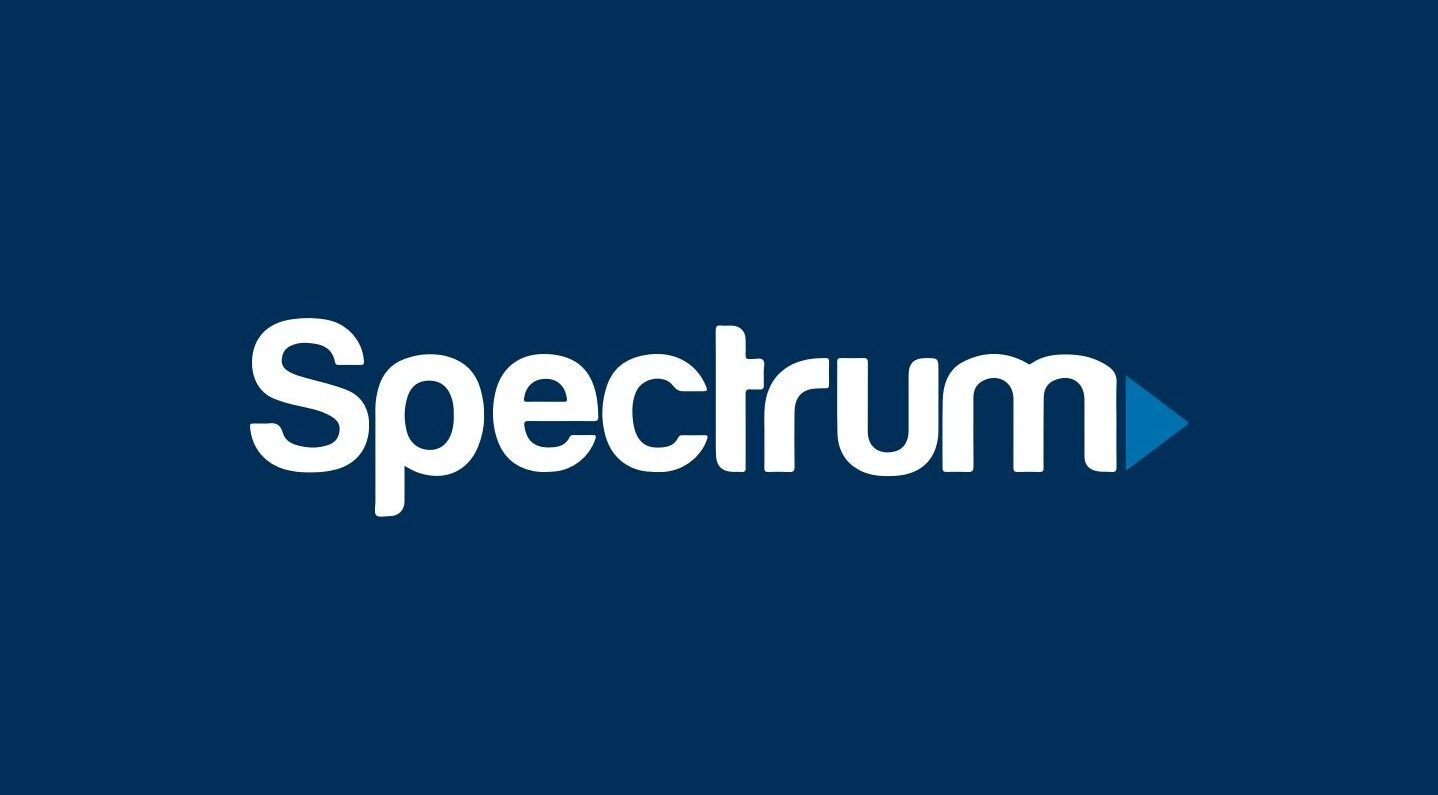In a battle for which cable provider lost the least subscribers in 2023, Charter Communications (Spectrum) can now be labeled as the largest cable TV provider in the U.S., losing fewer customers last year than Comcast (Xfinity).
As more cable subscribers jump ship to streaming services, cable providers struggle to keep customers. Xfinity lost more than 5,500 TV customers each day in 2023, with Spectrum losing about 2,800 each day. It’s usually a simple matter of cost: streaming services are cheaper than most cable TV packages. Customer age also plays a role in diminishing demand for cable TV services:
- 81% of 65 and above U.S. adults and 34% of 18 to 29-year-olds watch cable TV.
- Regular cable news consumption among US adults over 65 is 32%, but only 12% for 18 to 34-year-olds.
- 77% of U.S. adults aged 18 to 34 prefer streaming platforms over cable TV.
Although the cable TV industry isn’t seeing any growth, Spectrum is growing in internet customers. As of the end of 2023, Charter served a total of 30.6 million residential and internet customers, with 155,000 total internet customers added during the year.
Spectrum internet is a hybrid of fiber and coaxial cable, and it can deliver download speeds up to 1 Gbps.
“Our rural footprint expansion is exceeding our deployment and penetration targets,” said Chris Winfrey, President and CEO of Charter. “We are beginning to see the benefits of investments in our employees and digital service to improve the customer experience.”
Xfinity also grew its internet customer base by 1.3 million for 2023, up 24% from 2022 for a total of 6.6 million internet customers.
Xfinity internet has cable and fiber internet options, with speeds up to 6 gigs in some areas.
Both companies use funds from the Rural Digital Opportunity Fund and Broadband Equity Access Deployment programs to expand their rural reach.
“In the recent RDOF grants, Charter took 20% of the whole grants amounting to $1.2 billion in subsidies. This funding will allow Charter to reach millions of unserved and underserved households and businesses,” reports SeekingAlpha.com.
Charter plans to increase its subsidized rural build to 300,000 locations, reports Fierce Telecom.
Comcast plans to continue expanding its internet service into several states, including the Pacific Northwest and the Southeast.
Written by:
Robin LaytonEditor, Broadband Content
Robin Layton is an editor for the broadband marketplace Allconnect. She built her internet industry expertise writing and editing for four years on the site, as well as on Allconnect’s sister site MYMOVE.com. …
Read more

Edited by:
Camryn Smith-
Featured
![Cost of cable vs. streaming: Which is cheaper?]() Cost of cable vs. streaming: Which is cheaper? Camryn Smith — 4 min read
Cost of cable vs. streaming: Which is cheaper? Camryn Smith — 4 min read -
Featured
![Cable is still the most available internet option]() Cable is still the most available internet option Robin Layton — 4 min read
Cable is still the most available internet option Robin Layton — 4 min read -
Featured
![Internet connection types: DSL, Cable, Fiber]() Internet connection types: DSL, Cable, Fiber Lisa Iscrupe — 6 min read
Internet connection types: DSL, Cable, Fiber Lisa Iscrupe — 6 min read
Latest
-
Thursday, July 25, 2024
Worried about losing your signal? This is how to keep your satellite dish cleanDavid Anders — 6 min read
-
Tuesday, July 23, 2024
The best free TV and movie streaming services 2024Camryn Smith — 5 min read
-
Tuesday, July 23, 2024
Everything you need to know about internet speedsRobin Layton — 8 min read






